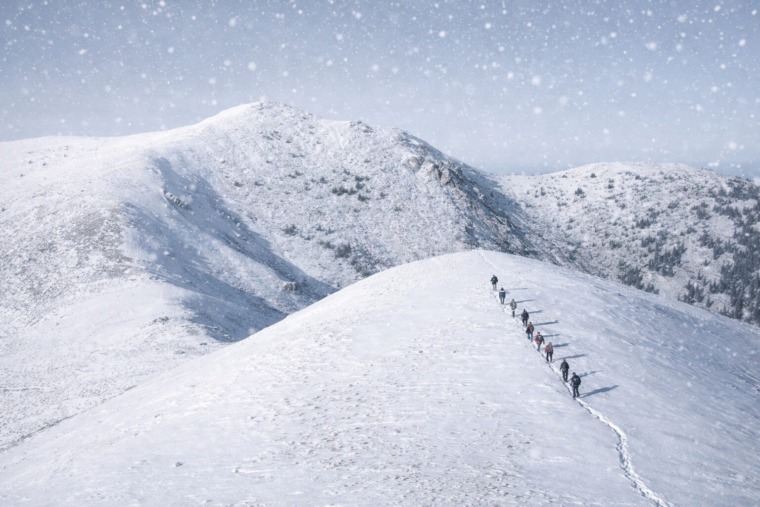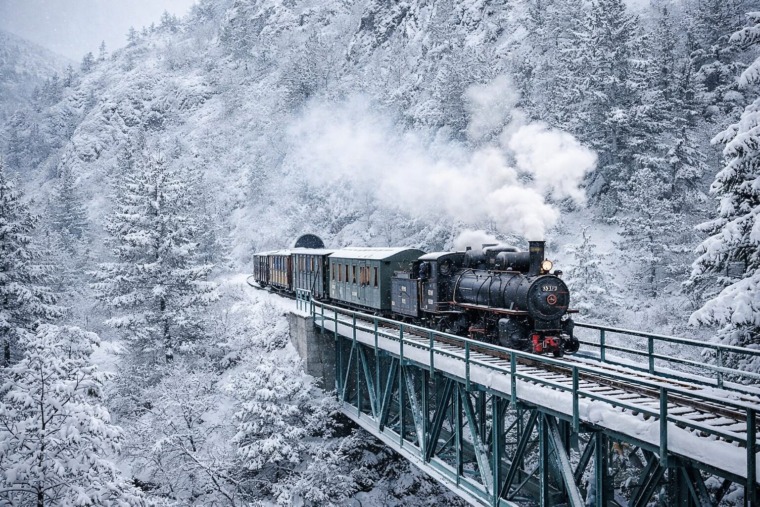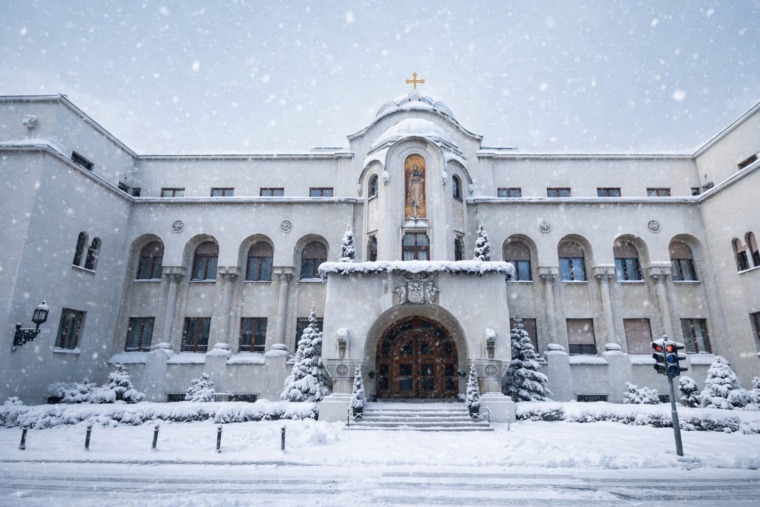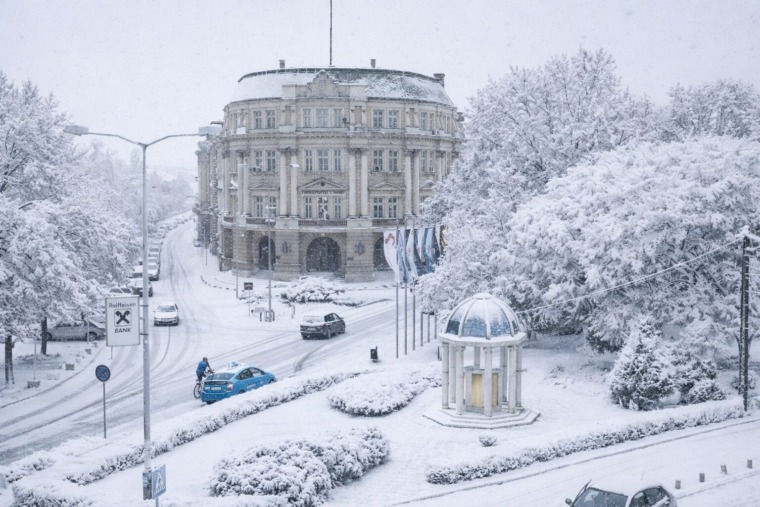
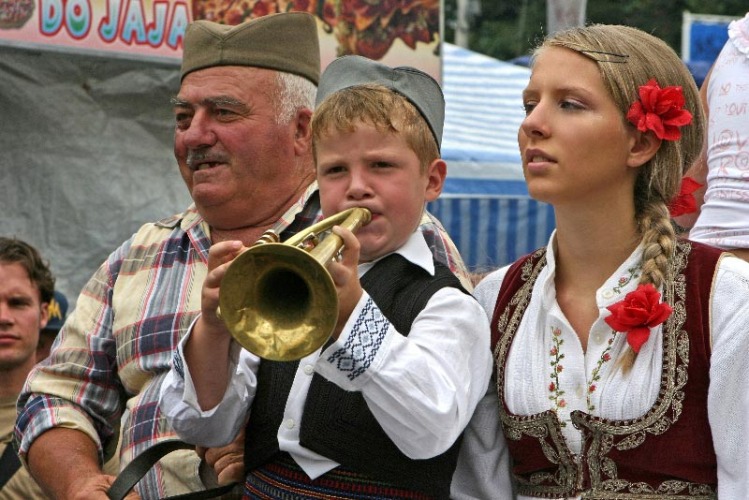
Serbian folk music, originating from ritual songs, is often recognized as part of Turkish music, while pop music follows all the world’s trends.
There is no celebration without music and singing in Serbia. Some old songs have survived till this day, so even today during the time of drought you can see “dodolas” – young girls decorated with leaves and flowers singing ritual songs praying for rain. The first records of singers and musicians on trumpets and stringed instruments among South Slavs originate from the medieval chronicles by Byzantine authors.
The traces of this tradition are preserved in traditional songs and dances of “dodolas”. Like fairies covered with flowers and leaves, with wreaths of vine, grass and twigs on their heads, “dodolas” go from village to village singing and dancing, praying gods for rain. In times of drought young girls would become one with nature nourishing the tradition of Slavic people with their songs.
Historically speaking, traditional or folk music in the Balkans was influenced particularly by Turkish music, but also the music from Western Europe. Some kings were crowned with the sound of drums and bagpipes, while others were welcomed with the sounds of trumpets. Illuminations and wall paintings in the Miroslav Gospel, on the frescoes in Serbian monasteries are the only remaining source of information about the instruments used at that time.
The national folklore dance in Serbia is “kolo“. It differs from one region to another, and the most famous are “Užičko kolo” and “Moravac“. Kolo is danced at weddings and celebrations, and we’re inviting you to try it. On one occasion, even the President of the United States Jimmy Carter danced “kolo” at the Belgrade fortress.
With the appearance of civil society, “sevdalinke” (traditional genre of music) and “schlager” music gained their popularity and “kafanas” (traditional taverns) became the new meeting places. Artists who will later become the stars of Serbian traditional music performed in taverns every night.
After Radio Belgrade was opened in 1929, the sounds were transferred from taverns to the radio, and the biggest masters of their trade stepped in front of the microphones, and Serbia got its first real “stars”. Sofka Nikolić, “the queen of Skadarlija” (Belgrade’s bohemian street), marked the golden age of Serbian folk music and became the most popular singer in history. She sold over 10,000 records, and she performed in all big European cultural centers – Berlin, Budapest, Vienna, Paris…
Later, Silvana Armenulić, Lepa Lukić and Predrag Cune Gojković sang some of the biggest hits of folk music. Traditional music still lives in Serbia and guests from abroad can enjoy the concerts of Bilja Krstić, Teofilović brothers or Goran Bregović.
Pop and rock music appeared in the fifties of the 20th century, while it gained popularity in the eighties. Djordje Marjanović, the biggest music star of the region of all times, was the first one to fall into the state of “ecstasy” along with his fans in concerts. He used to cry with them, throw his jacket into the audience and fall down on his knees in ecstasy. He had hundreds of thousands of fans.
Serbian music came to the turning point with the formation of the band “Bijelo Dugme” in 1974. Surely one of the greatest bands in the history of music in the region, they have initiated an entirely new wave called “pastirski rok” (eng: pastoral rock) – a mixture of folk and rock music.
Goran Bregović, who later became an internationally big music star, was one of the initiators of the band. Although “Bijelo Dugme” doesn’t exist anymore, their songs are still popular even among the younger generations.
Related Articles

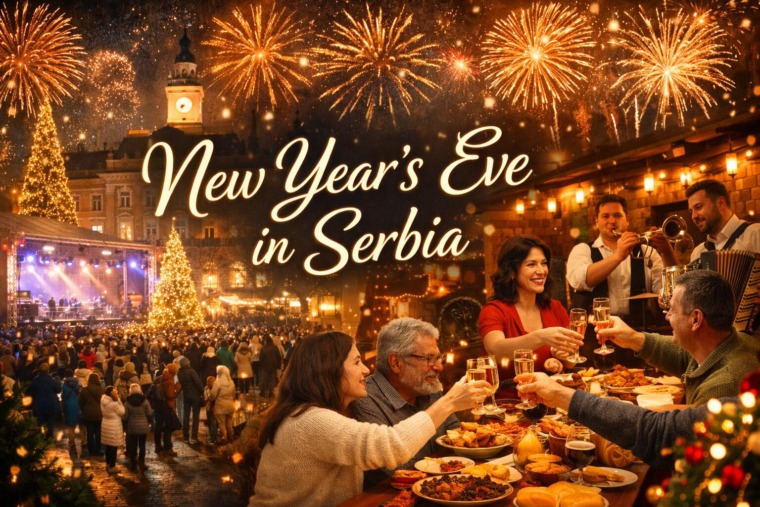
From Fireworks to Family Dinners: New Year’s Eve Across Serbia
December 31, 2025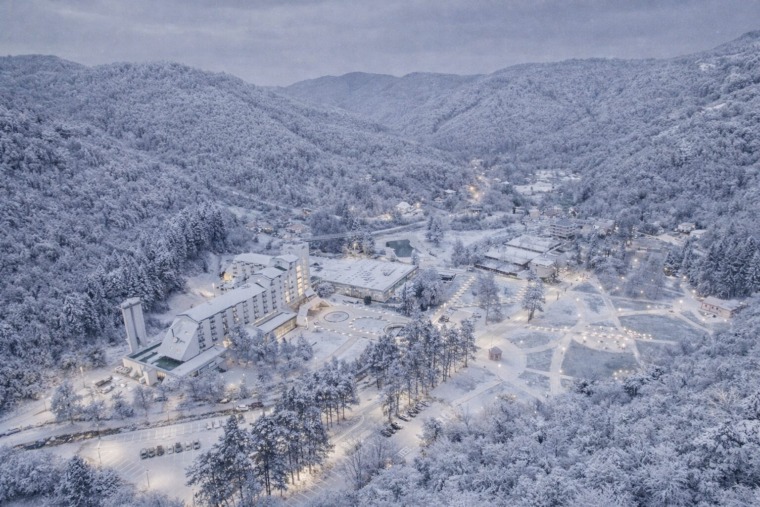
Kuršumlijska Banja: Serbia’s Quiet Winter Spa Escape
December 30, 2025
Novak Đokovic Receives Special Globe Soccer Award in Dubai
December 29, 2025

